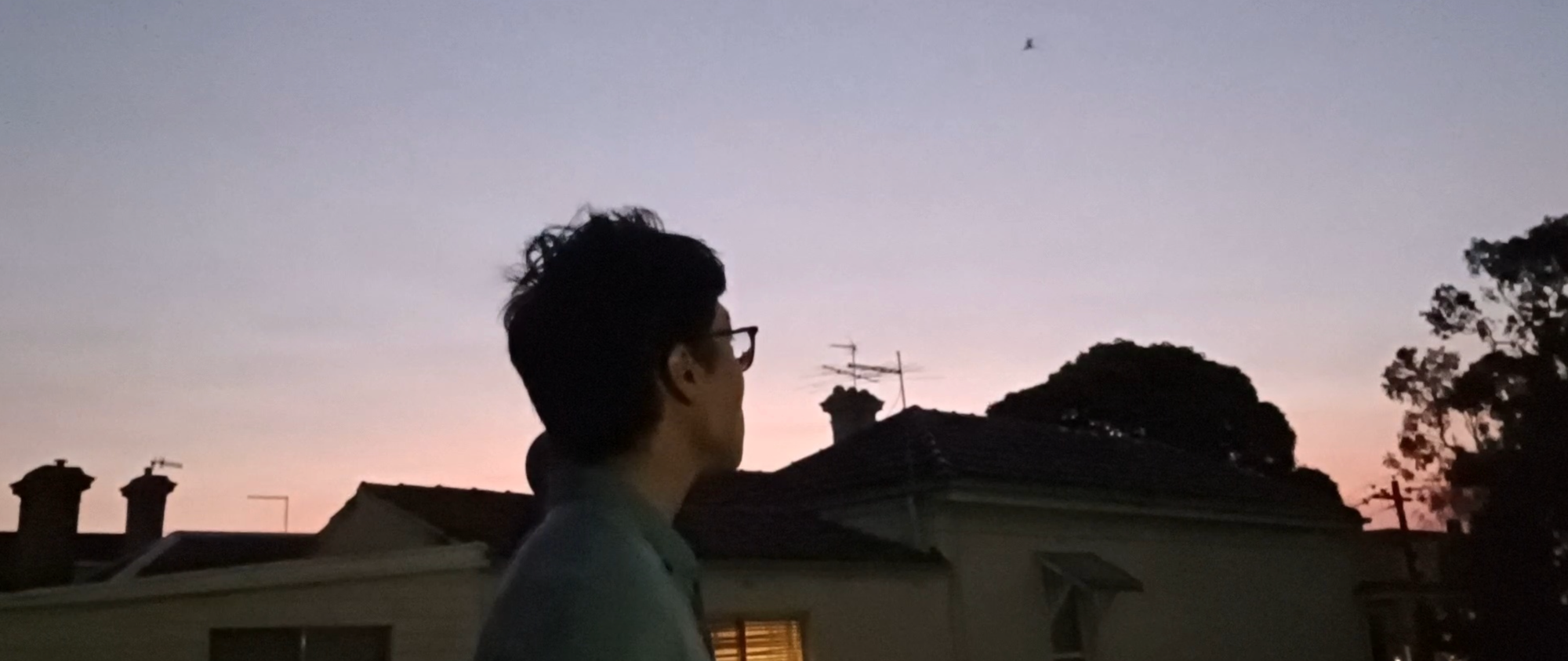Definition
When it comes to two events A and B, if P(B) > 0, then the probability of A given B is
$$ P(A|B) = \frac{P(A\cap B)}{P(B)} $$
Example
Rolling a dice with two events:
- A: Outcomes is an even number
- B: Outcomes is greater than 3
The sample space for rolling a dice is: $\{1,2,3,4,5,6\}$
- Event A: $\{2,4,6\}$(even number)
- Event B: $\{4,5,6\}$(greater than 3)
- Intersection $A \cap B: \{4,6\}$(numbers that even and greater than 3)
Based on the formula of $P(A|B)$
The probability of $A \cap B$is:
$$ P(A \cap B) = \frac{\text{Number of outcomes in } A \cap B}{\text{Total outcomes}} = \frac{2}{6} = \frac{1}{3} $$
Probability of B is:
$$ P(B) = \frac{\text{Number of outcomes in } B}{\text{Total outcomes}} = \frac{3}{6} = \frac{1}{3} $$
The conditional probability $P(A|B)$is:
$$ P(A|B) = \frac{P(A\cap B)}{P(B)} = \frac{\frac{1}{3}}{\frac{1}{2}} = \frac{2}{3} $$
Cards Deck
Set A: (AH, AD, AC, AS), which represents the set of all Aces in a standard deck of cards:
- AH: Ace of Hearts
- AD: Ace of Diamonds
- AC: Ace of Clubs
- AS: Ace of Spades
Set C: (2C, 3C, 4C, 5, 6, 7, 8, 9, 10, J, Q, K, AC), which represents a set of cards that includes:
- Clubs (including: 2C, 3C, 4C, AC)
- The rest is other unspecified cards (5, 6, 7, 8, 9, 10, J, Q, K)
Intersection $A \cap C$
- The intersection of A and C includes cards that are common to both sets.
- From A: AH, AD, AC, AS
- From C: 2C, 3C, 4C, AC
- The common of both sets is AC (Ace of Clubs)
Result: $P(A \cup C) = AC$
Exercise
Scenario: Rolling a Pair of Dice
You roll two six-sided dice. Let:
- A: The event that the sum of the dice is 7.
- B: The event that at least one dice shows an even number
Find:
- $$ P(A), P(B) $$
- The probability that the sum is 7, and at least one dice shows an even number
- The probability that the sum is 7, or at least one dice shows an even number
- The probability that the sum is 7, given that at least one dice shows an even number
- The probability that the sum is 7, given that both dice show odd numbers
- The probability that the sum is 7, given that the first dice shows a 4
Solve:
- The possible outcomes of two dice are $6 \cdot 6 = 36$
In event $A$, when the event that sum of the dice is 7, we have:
$$ (1, 6);(6,1);(2,5);(5,2);(3,4);(4,3) $$
Count that there are 6 outcomes for event A
So the possibilities of A is:
$$ P(A) = \frac{\text{Number of favorable outcomes for A}}{\text{Total Outcomes}} = \frac{6}{36} = \frac{1}{6} $$
In P(B), there are two ways to solve:
Way 1:
Calculating the Probability of the Complement (Both Dice are odd)
- Possible odd numbers on a single dice: 1, 3, 5 (3 possibilities)
- Total possible outcomes on a single dice: 1,2,3,4,5,6 (6 possibilities)
- Probability of rolling an odd number on one dice: $\frac{3}{6} = \frac{1}{2}$
- Probability of rolling an odd number in both dice: $(\frac{1}{2})^2 = \frac{1}{4}$
Calculate P(B):
By using Complement Rule, we have:
$P(B^c)$is probability of complement (odd numbers in both dice)
$P(B)$is probability (at least one even number)
$$ P(B) = 1 - P(B^c) = 1 - \frac{1}{4} = \frac{3}{4} $$
Way 2:
Like the way 1, we have possible outcomes of two dice are 36
List the outcomes that have both odd numbers: (1, 1); (1, 3); (3, 1); (3, 3); (1, 5); (5, 1); (3, 5); (5, 3); (5, 5) => 9 outcomes
Outcomes when one dice is even: 36 - 9 = 27 outcomes
So probability of at least one even: $\frac{27}{36} = \frac{3}{4}$
Before doing 2, 3, we need to recognize what it said:
- the sign words is “and”, it means that the intersection of both A and B uses. $A \cap B$
- the sign words is “or”, it means that A or B values can be taken, except the intersection one between A and B. $A \cup B$
Conditional probabilities:
- the sign words is “given that” means that $P(A|B)$
- the sign words is same as 4. , but given that both dice show odd numbers $P(A|\text{2 dice odd})$
- the sign words is same as 4. , but given that first dice shows a 4 $P(A|\text{1st dice: 4})$
Look at /fundamental-of-probability in the diagram below the post to have a visual look.
Returning the solve:
- A intersection B, means we have all of the A events are having at least an even number:
The probability of $A \cap B$is:
$$ P(A \cap B) = \frac{\text{Number of outcomes in } A \cap B}{\text{Total outcomes}} = \frac{6}{36} = \frac{1}{6} $$
- Using /fundamental-of-probability at inclusion-exclusion principle for probabilities is:
$$ P(A \cup B) = \frac{1}{6} + \frac{3}{4} - \frac{1}{6} = \frac{3}{4} $$
- The conditional probability $P(A|B)$:
$$ P(A|B) = \frac{P(A\cap B)}{P(B)} = \frac{\frac{1}{6}}{\frac{3}{4}} = \frac{2}{9} $$
- Both dice shows odds numbers, means we have: (2,2);(4,4);(6;6) => means there are 3 outcomes
Combine with A: $(1, 6);(6,1);(2,5);(5,2);(3,4);(4,3)$, in $P(A|\text{2 dice odd})$= 0 cause there is no intersection between A and dice shows odds numbers, which means that $P(\text{2 dice odd}) = 0$
Therefore: $P(A|\text{2 dice odd}) = \frac{P(A\cap B)}{P(B)} = \frac{0}{0} = 0$
- First dice shows a 4, means: (4,1), (4,2),…,(4,6) => 6 outcomes
Combine with A $(1, 6);(6,1);(2,5);(5,2);(3,4);(4,3)$, in $P(A|\text{1st dice: 4})$= 1 cause there is only 1 at A which is same as the first dice shows a 4 $(4;3)$
So, $P(\text{1st dice: 4}) = 1$
Therefore, $P(A|\text{1st dice: 4}) = \frac{P(A\cap B)}{P(B)} = \frac{1}{1} = 1$
Summary of results:
- $P(A) = \frac{1}{6}$, $P(B) = \frac{3}{4}$
- $$ P(A \cap B) = \frac{1}{6} $$
- $$ P(A \cup B) = \frac{3}{4} $$
- $$ P(A|B) = \frac{2}{9} $$
- $$ P(A|\text{2 dice odd}) = 0 $$
- $$ P(A|\text{1st dice: 4}) = 1 $$
Independent events
Definition: The independent A and B events when A has no affected on the probability of B, and vice versa:
$P(A|B) = P(A)$and$P(B|A) = P(B)$
Therefore, $P(A \cap B) = P(A) \cdot P(B)$if the events A and B are independent
Proof of Equivalence
When $P(A \cap B) = P(A) \cdot P(B)$, then:
$$ P(A|B) = \frac{P(A\cap B)}{P(B)} = \frac{P(A) \cdot P(B)}{P(B)} = P(A) $$ $$ P(B|A) = \frac{P(B\cap A)}{P(A)} = \frac{P(B) \cdot P(A)}{P(A)} = P(B) $$
So, the proof of equivalence same as definition of independent events.
Example:
Considering two dice roll independently, how about the probability of two dice gets 6?
P(6|1) = P(A) =$\frac{1}{6}$, P(6|2) = P(B) =$\frac{1}{6}$, so A and B are independent
=> P(dice 2 times 6) = $P (A\cap B) = (\frac{1}{6})^2 = \frac{1}{36}$
Tossing coin with H(Heads), and T(Tails), what is probability when toss 2 times?
4 ways: HH, HT, TH, HH
Head and Tails when toss 2 times, the first one does not affect the second one.
In one toss, chance getting tail or head are $\frac{1}{2}$
So toss two times means getting $\frac{1}{2} \cdot \frac{1}{2} = \frac{1}{4}$same as in every 4 ways


Comments